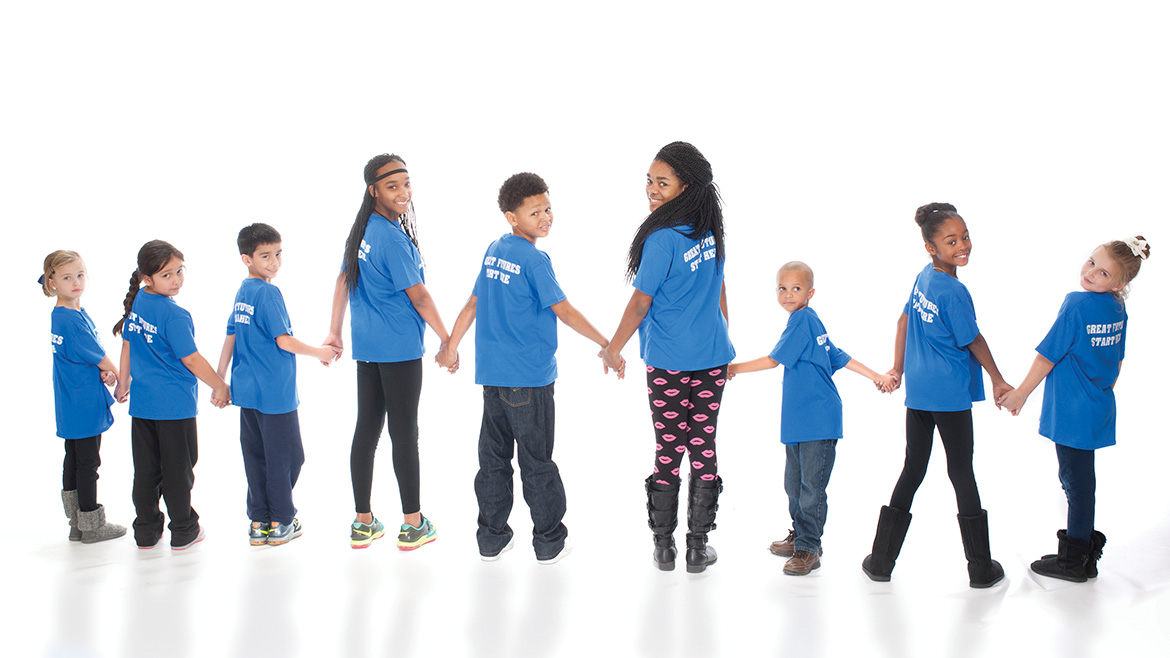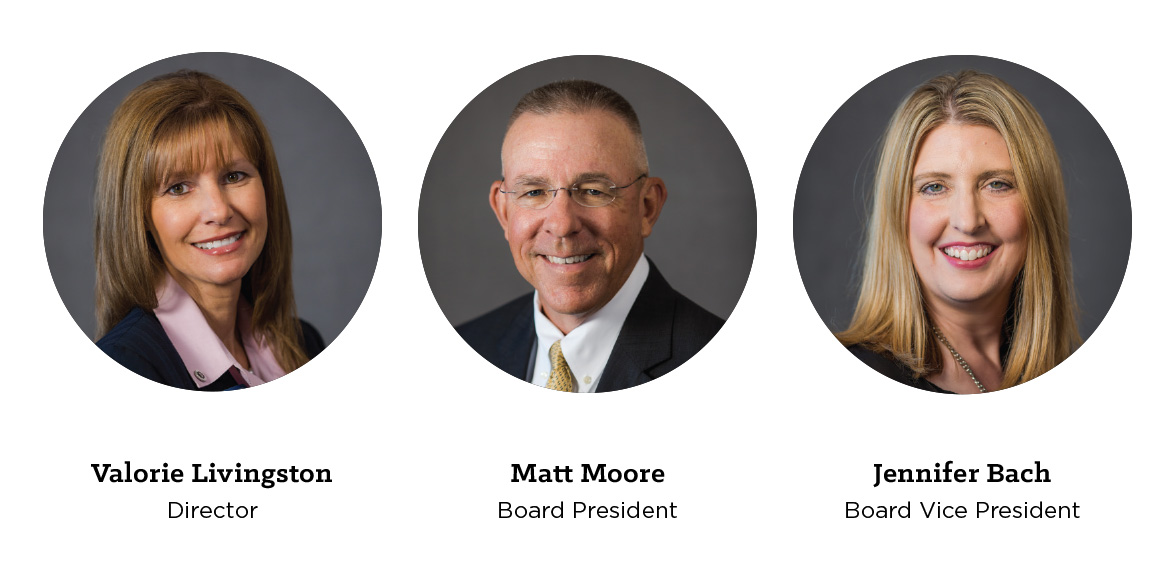Boys and Girls Club of Columbia: New Place to Grow

By The fall of 2017, high school members of the Columbia Boys and Girls Club will be able to record music, prepare meals, perform plays, and play basketball in a $2.5 million expansion to their space — just in time for the organization’s 20th anniversary.
Columbia’s four Boys and Girls Club locations operate under executive director Valorie Livingston, 25 board members, 11 full-time staff, 30 part-time staff, and many volunteers.
Board members like Clyde Ruffin serve as representatives in the community and help set policy and direction for the Club.
“They advocate in the community, to make sure that the community understands who we are and what we do, and help secure those resources via community partnerships, programs, donations, opportunities to make those goals come true,” Livingston says. “It’s a diverse group of people, because it takes many different levels of talent to run a business.”
The Boys and Girls Club began in 1860 and is the longest standing youth service nonprofit in America. The Columbia branch was chartered in 1997, and Livingston has been with the program for eight years. The program relocated to its main Seventh Street site three years ago and has opened one additional club site every year since then.
The organization serves students ages 6 to 18 and offers after-school and summer programs on a sliding tuition scale as low as $20 per semester.
The high school wing will be added to the Seventh Street site — a great location, says Livingston, due to its proximity to Hickman High School, West Middle School, Jefferson Middle School, and the Columbia Housing Authority.
Capital Campaign
Funding for the expansion came from local philanthropy events such as chili cook-offs and golf and basketball fundraisers, a capital campaign, and a $500,000 donation from the City of Columbia. Board member Ruffin is the First Ward city councilman.
Livingston says the mission of the club aligns well with the mission of the city — to address poverty, crime, and the achievement gap.
“This will be a great enhancement of the program that’s available for the youth in the First Ward,” Ruffin says. He and First State Community Bank President Joe Miller served as the capital campaign co-chairs in 2015.
Livingston says $2.5 million is only enough to cover construction costs, but more funding is needed for furnishings and equipment.
“Money drives our organization as to what kind of program opportunities we can create for these kids, which drives what kind of impact we’re going to have for them or how many kids we’re going to be able to serve,” Livingston says. “So funding is always what keeps me up at night — because in a nonprofit world, nothing’s guaranteed.”
 High School and High Vulnerability
High School and High Vulnerability
Livingston says she hopes the new site will help retain the more mobile high school group. The expansion will offer a gym for basketball and volleyball; previously the club has never had space for indoor recreation during the winter.
The gym will also have a stage for performing arts, an activity that families in poverty might not be able to access in the public school setting.
“They might not be able to do that at school because of barriers such as transportation and money and support, and if we can offer that here at the Boys and Girls Club, we can overcome all of those barriers,” Livingston says.
The addition will include commercial kitchens with culinary classes. Livingston says this opportunity is modeled after the Columbia Area Career Center, a part of Columbia Public Schools, with whom the club has a close relationship. The Boys and Girls Club can work with their students on CPS-specific curriculum to make sure they are on track to graduate, and CPS provides hot meals for the students. In 2015, the club served more than 47,000 meals.
The organization recognizes that many students have a passion for culinary arts and they want to showcase it as a career opportunity — hence the kitchen. They will also partner with the Columbia Center for Urban Agriculture to provide more opportunities for experience in that field.
The facility will also have recording studios and the opportunity to create and produce original music — “something other than just, you know, your typical band experience,” Livingston says.
These additions align with the nonprofit’s programming aims: education and career development, health and life skills, fine arts, and fitness. Their goal is to lead the community in after-school youth programs providing developmental opportunities that are affordable, safe, and fun.
“We really feel like it is just as important to help that [high school] age group as it is to give a safe environment for elementary aged kids,” Livingston says.
She says adolescence is a critical time in which high schoolers are making decisions about gang activity, drug usage, relationships, and high school graduation.
“The majority of kids that come here are elementary aged, and then they start to drop off in junior high, and then, by the time they hit high school, they stop coming, and we identified that the reason why that happens is because we don’t have enough high school age appropriate program opportunities for them,” Livingston says.
Campaign co-chair Miller said he thinks the expansion will address this issue and hopes the program will increase its enrollment to 1,200 or 1,300 students.
“It is one of the highest vulnerability times in a young adolescent’s life in the kinds of the decisions that they’re making,” Livingston says. “They have to have their own space away from the elementary aged kids where they can hang out, and it’s just their peers, and they want to be there, and just that opportunity alone allows us to build some very positive relationships with them — to mentor them and influence some of the decisions that they’re making as they grow up.”
Built to Last
Never initially intending to work in the nonprofit world, Livingston now says this is her dream job.
“I am watching these kids grow up now in a safe environment with positive role models and making smart decisions to stay in school and graduate and have goals of what they’re going to do after high school and beating all of those odds and all of those challenges,” she says. “It is so fulfilling to be able to see the impact and the difference that you’re making in the world, or in our community even if it’s just in one child’s life.”
Boys and Girls Club of Columbia
1200 N. Seventh St.
573-874-1697
bgc-columbia.org
Years operating: 19
Main Function: To work with and enable young people to fulfill their potential as citizens
Staff: 11 full time; 30 part time
People served: 700-plus children annually
Director: Valorie Livingston
Board President: Matt Moore
Needs:
• Donations
• Volunteers


